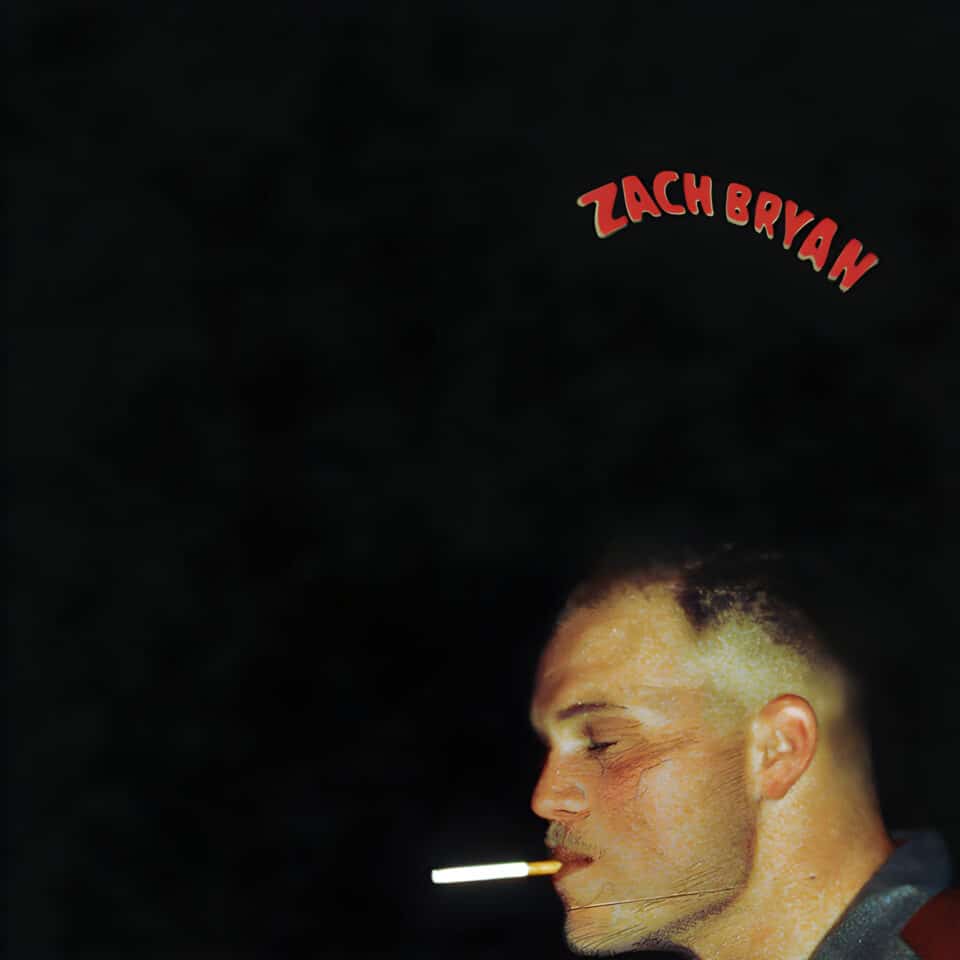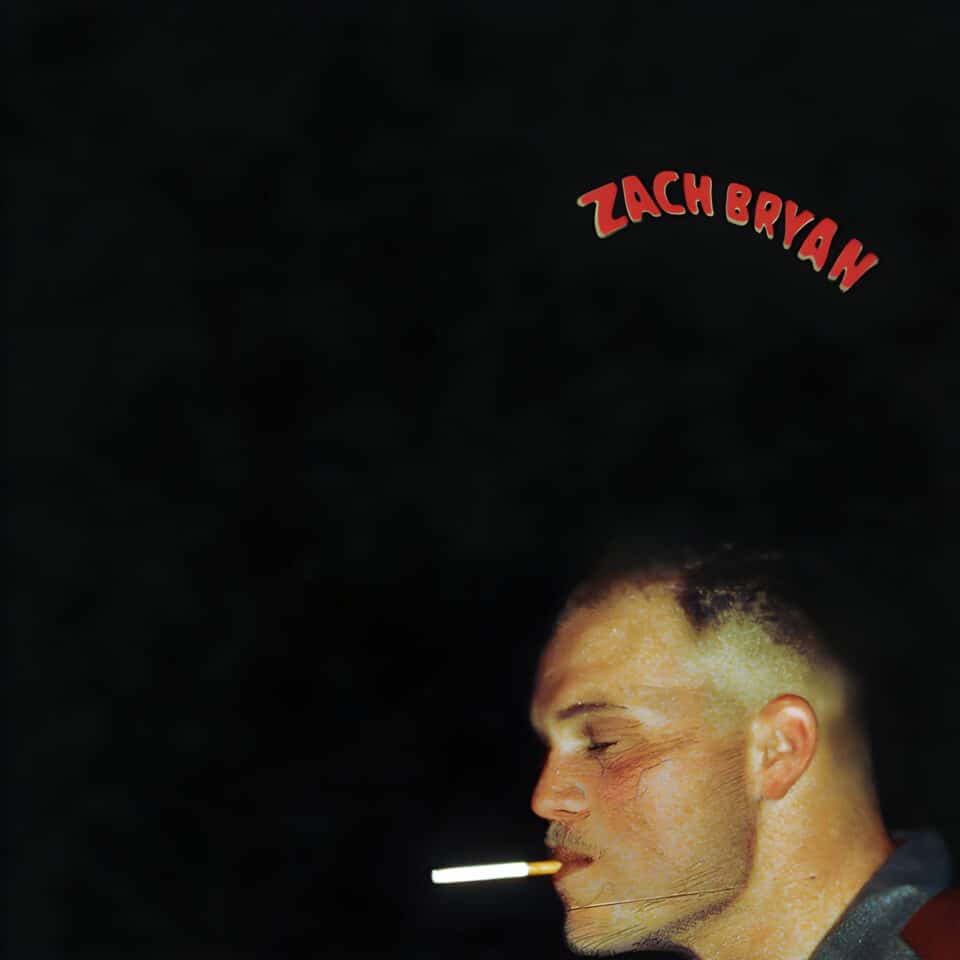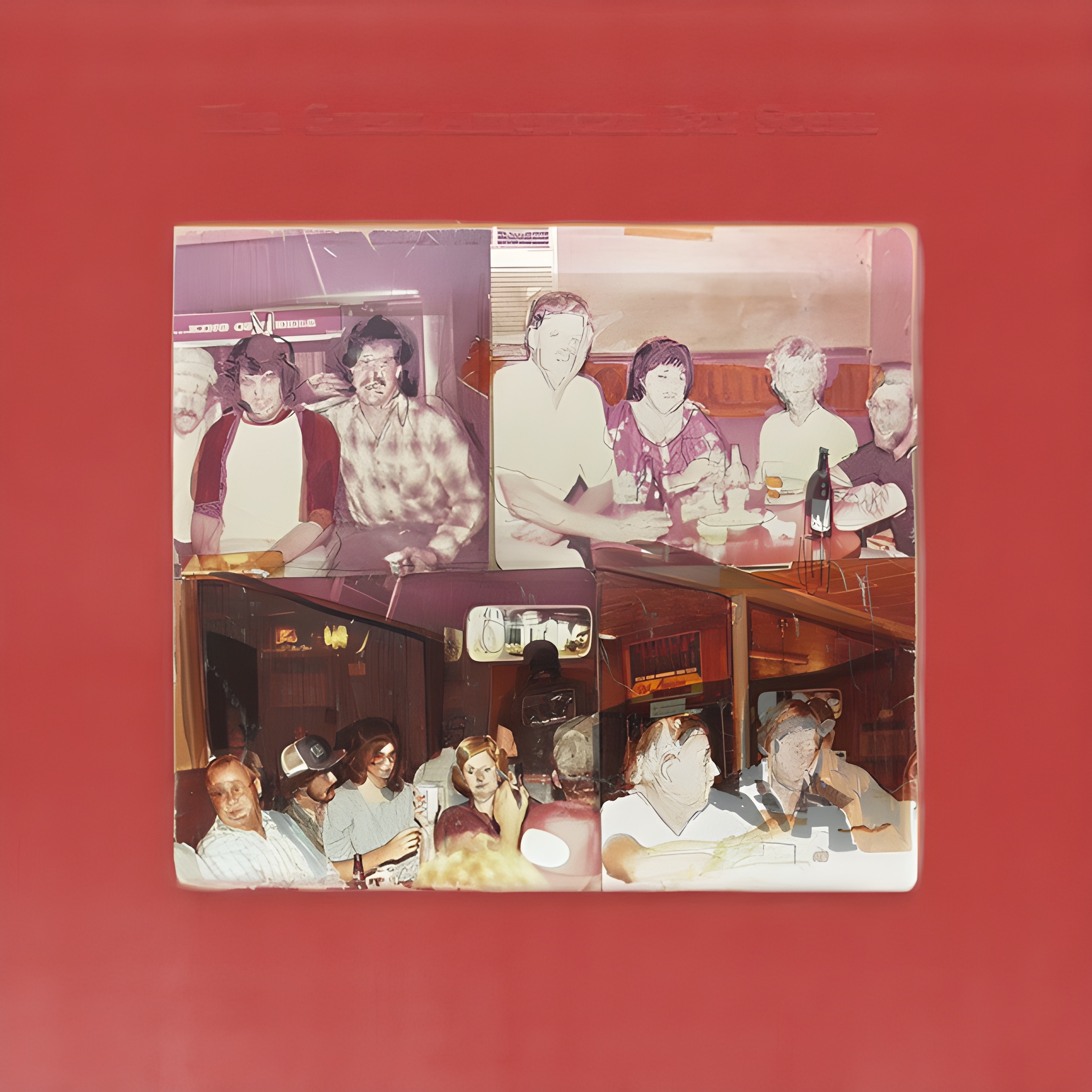Released: 2023
“East Side of Sorrow” by Zach Bryan is a gripping narrative that delves into themes of loss, struggle, and the pursuit of redemption amidst life’s darkest moments. At its core, it’s about facing the harrowing challenges of life and finding the strength to move forward, encapsulated in the quest for a sunrise that symbolizes hope on the horizon of sorrow.
The song kicks off with a young man at 18, full of animosity, being sent off to war—a scenario that paints a stark picture of youth thrust into chaos, fighting battles that don’t hold personal meaning to them. This introduction sets a tone of forced maturity and loss of innocence, aspects many country songs explore, but Bryan gives it a fresh, raw edge. This narrative not only critiques the wastefulness of war but also highlights the profound sense of loss soldiers face, both on the battlefield and internally, wrestling with their beliefs and seeking solace in a higher power they hope still listens to their pleas.
The story then shifts to a personal tragedy, losing a loved one in a waiting room, a moment that starkly contrasts the earlier battle scenes with a battle of a different kind—one of grief and the struggle to find purpose after loss. This segment brings the war home, showing that battles are not only fought on distant soils but also within the confines of our hearts and communities. The mention of walking miles on Tulsa streets and facing God in moments of despair speaks to a journey of introspection and questioning, a common theme in country music where the road often serves as a metaphor for life’s journey.
The advice given, to let the sun rise on the east side of sorrow and to move west, leaving the past behind, is a powerful metaphor for healing and personal growth. It suggests that while pain and loss are inevitable, they don’t have to define one’s life. Instead, there’s a chance each day to start anew, to pack up the sorrow and face the future with resilience.
Lastly, the reference to the brother losing his mind in the city and the mention of the Turnpike reunion offer a glimpse into the shared experiences of those left behind, the ones who watch as loved ones change, disappear, or lose themselves. It’s a poignant reminder of the communal aspect of healing, the understanding that we’re all in this together, trying to make sense of our pain, and perhaps, find a reason to sing along, not in celebration of our suffering, but in acknowledgment of our shared humanity.
In conclusion, “East Side of Sorrow” is much more than a narrative of personal and communal loss; it’s a testament to the resilience of the human spirit in the face of life’s cruelties, urging listeners to find the strength to let go of the past and embrace the promise of a new day.










